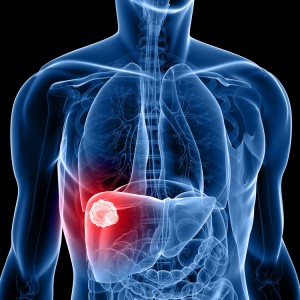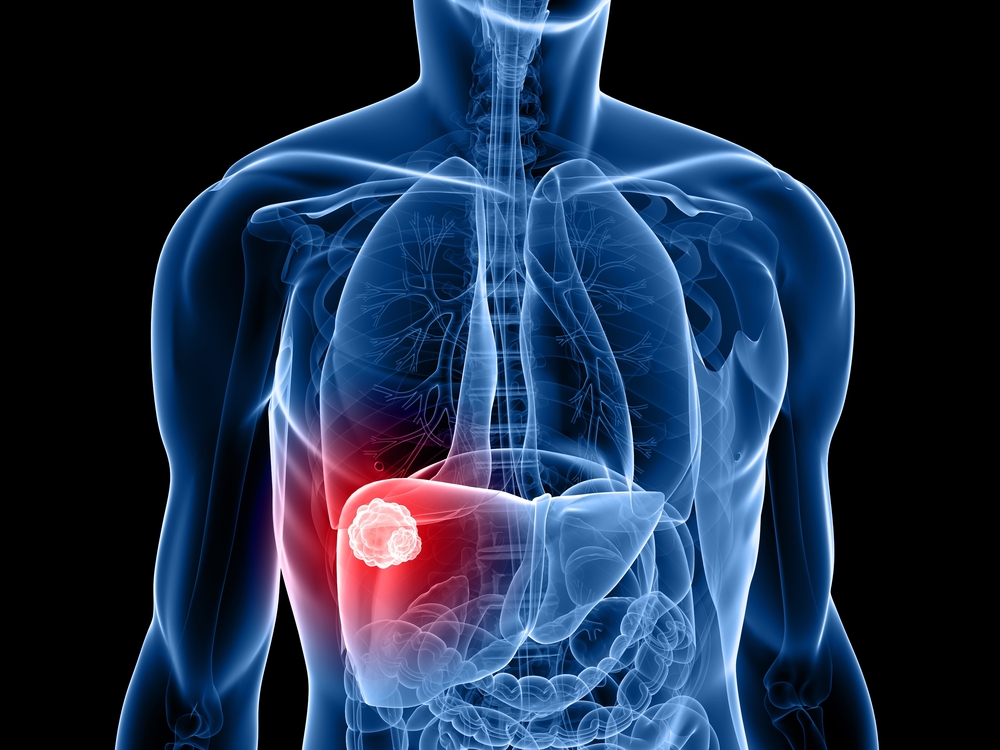 Recent findings published in Cell by Rockefeller researchers have shown that metabolic processes occurring during liver metastasis of colorectal cancer can be crucial to activate starving transient cancer cells, allowing them to proceed and form new niches of disease.
Recent findings published in Cell by Rockefeller researchers have shown that metabolic processes occurring during liver metastasis of colorectal cancer can be crucial to activate starving transient cancer cells, allowing them to proceed and form new niches of disease.
A significant portion (50%) of colorectal cancer patients suffers from metastasis, the majority of which appear in the liver. These new findings have implications in the capacity of these cells to spread, which could be explored for the development of new drugs.
The study was led by Professor Sohail Tavazoie, who dedicated his research to the study of cancer metastasis, focusing particularly in microRNAs, small strands of RNA that play key roles in controlling metastasis-related genes.
So far, the team has already identified several pro-metastasis microRNAs in skin cancers and anti-metastatic microRNAs in breast cancer. Importantly, they have understood how to used microRNAs as a tool to uncover vulnerabilities in metastasizing cancer cells, which could lead to future therapies’ development.
“We reasoned that if we could identify microRNAs that regulate the progression of colorectal cancer, we could use them as molecular probes to better understand the molecular and cellular mechanisms that govern liver colonization,” Dr. Tavazoie said in a news release.
The team compared colorectal cancer cells that metastasized with those who did not, and analyzed their genetic profile, screening more than 600 different microRNAs to identify candidates that could prevent human colorectal cancer cells from colonizing liver tissue.
As such, researchers found two microRNAs, miR-483 and miR-551, that were associated with a poor metastatic potential.
Even though the liver is a primary site for colorectal cancer metastasis, it harbors a harsh environment, with poor oxygenation and small amounts of glucose (as liver cells consume most of this nutrient). However, the two microRNAs identified by the team are involved in the process by which cancer cells can overcome the lack of glucose in the liver. Cancer cells that can suppress miR-483 and miR-551 activity can produce increased levels of CKB, an enzyme that helps cells convert compounds found in the liver tumor environment into a source of energy.
”The model we are proposing is one wherein colon cancer cells release an enzyme outside the cell, where it attaches a high-energy phosphate to the metabolite creatine, and then imports this energetic metabolite into the cell to be used as energy,” Dr. Tavazoie explained. “This allows the cancer cell to survive in an otherwise inhospitable environment.”
These encouraging results highlight the possibility of targeting specific microRNAs in future colorectal cancer treatments.


